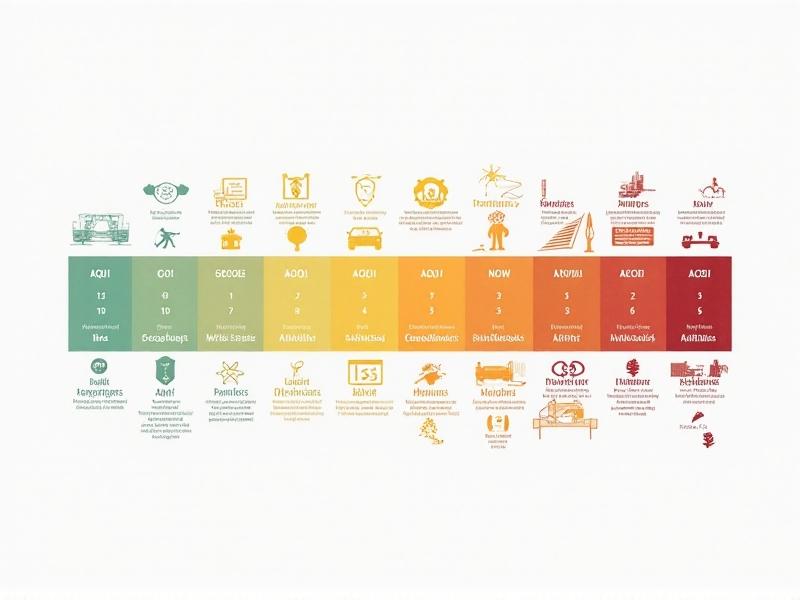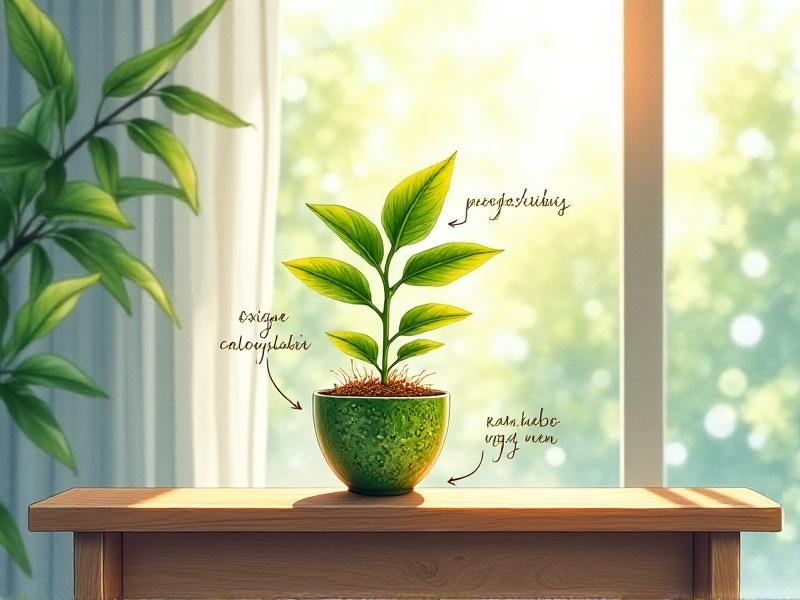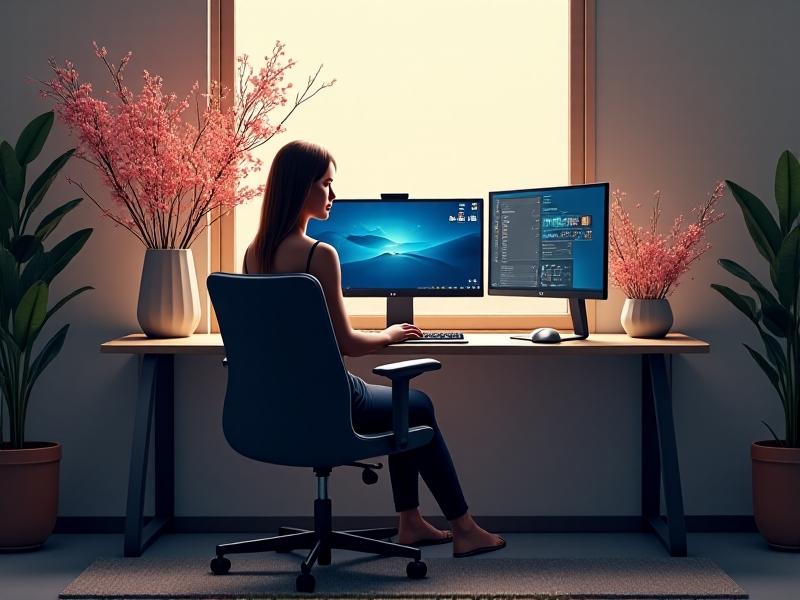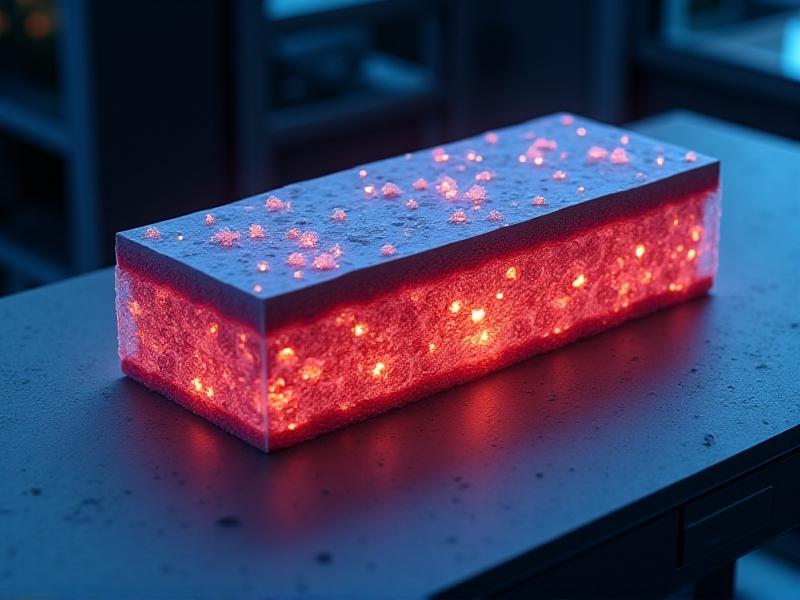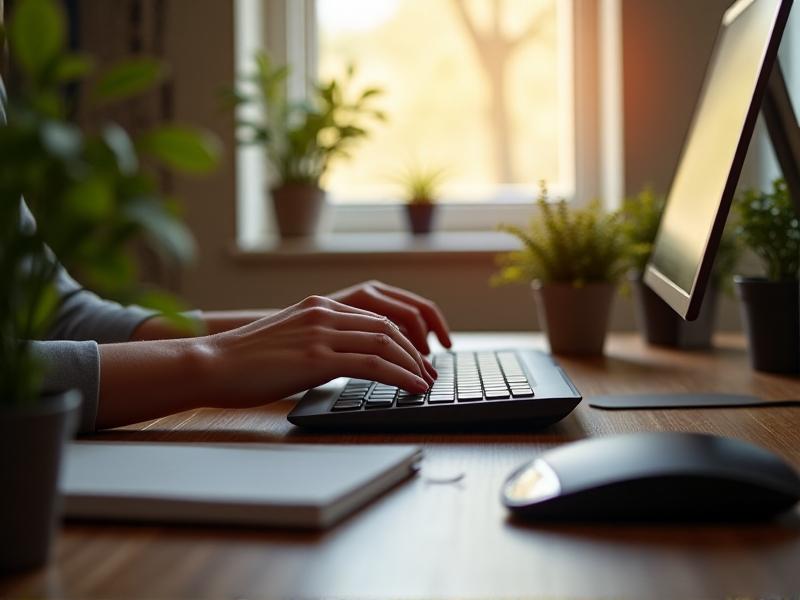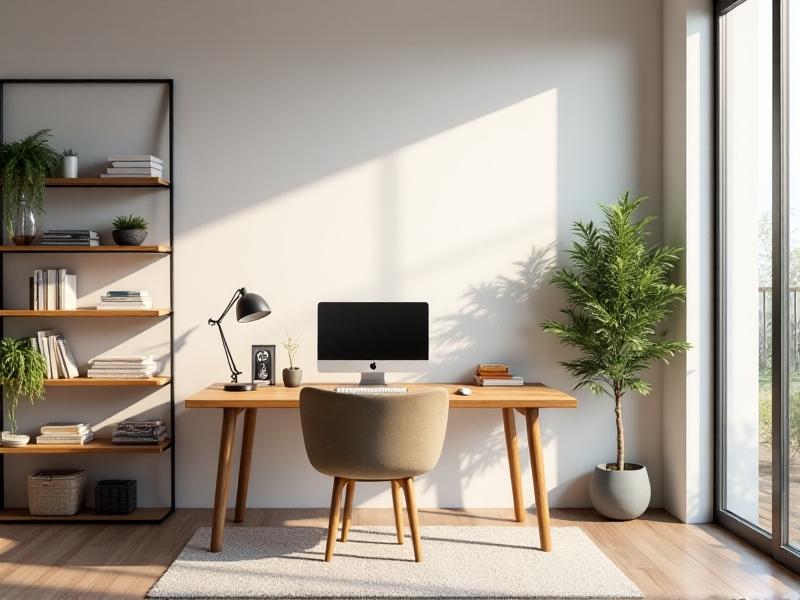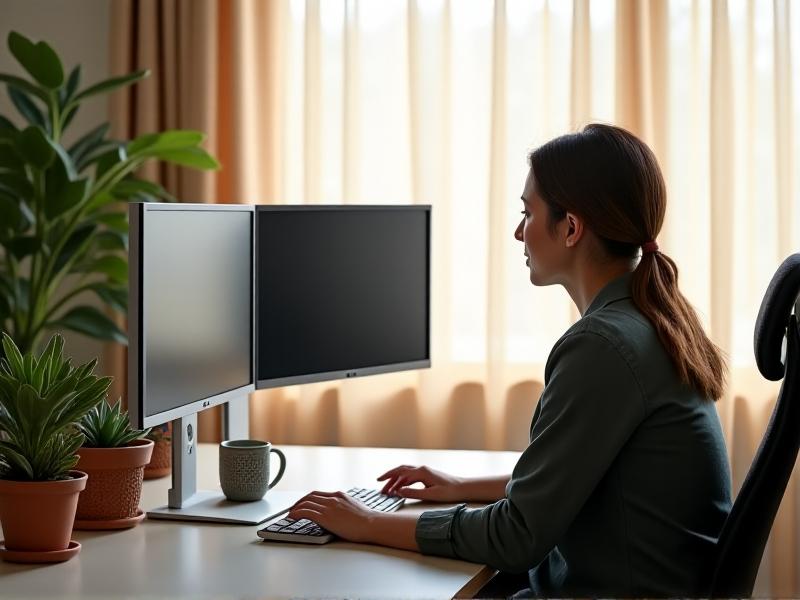Ergonomic Mouse Grip Force Analysis
Understanding Grip Force: The Foundation of Ergonomic Mouse Design
Grip force refers to the pressure exerted by the hand when holding and maneuvering a mouse. While often overlooked, this force plays a critical role in ergonomic design, directly impacting user comfort and long-term musculoskeletal health. Modern ergonomic mice aim to minimize excessive grip force, which can strain finger flexors, wrist tendons, and forearm muscles. Studies show that prolonged gripping at even 20% of maximum voluntary contraction can lead to fatigue and discomfort within minutes. By analyzing grip force patterns, designers can create shapes and materials that distribute pressure evenly, reducing hotspots and encouraging a more relaxed hold.
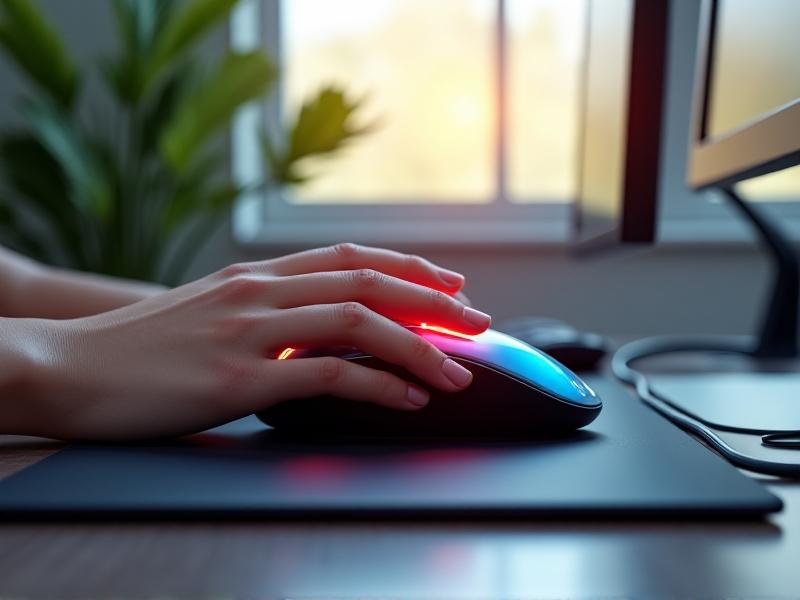
Common Mouse Grip Styles and Their Force Dynamics
Three primary grip styles dominate mouse usage: palm, claw, and fingertip. The palm grip , where the entire hand rests on the mouse, typically generates lower grip force but may cause friction at the base of the palm. The claw grip , characterized by arched fingers, increases vertical force on the buttons and sides, potentially straining extensor tendons. Meanwhile, the fingertip grip relies on precise finger movements, concentrating force on the distal phalanges and demanding higher muscle activation. Each style interacts uniquely with mouse geometry—for example, ambidextrous designs may inadvertently raise grip force for claw users due to symmetrical curves that mismatch natural hand angles.
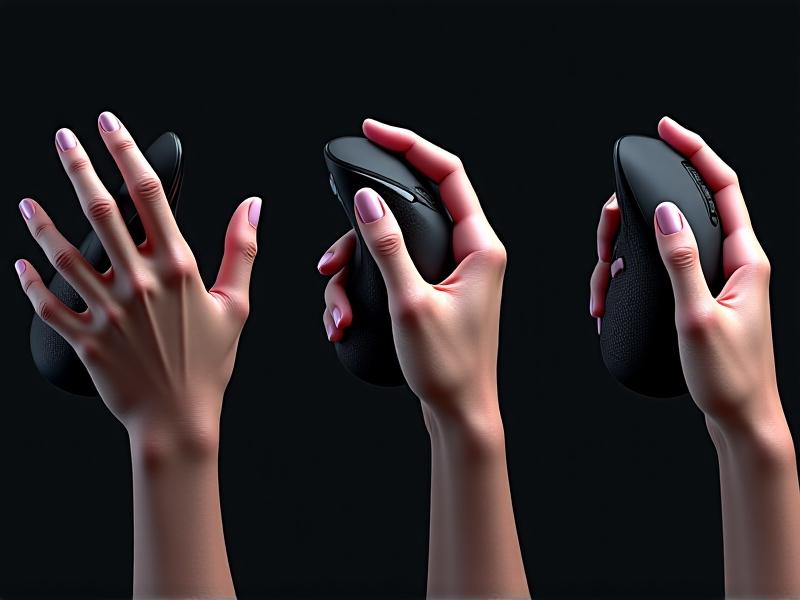
How Excessive Grip Force Contributes to Repetitive Strain Injuries
Sustained high grip force acts as a catalyst for conditions like carpal tunnel syndrome and lateral epicondylitis. When users unconsciously clamp down on a mouse—often due to poor surface traction or ill-fitting shapes—the flexor digitorum profundus and superficialis muscles remain in near-constant contraction. This reduces blood flow, accelerates metabolite buildup, and triggers inflammatory responses. Over months, this cycle can lead to tendon degeneration and nerve compression. Notably, a 2021 study in the Journal of Occupational Ergonomics found that reducing grip force by 30% through improved mouse design decreased reported wrist pain by 52% among data entry professionals.
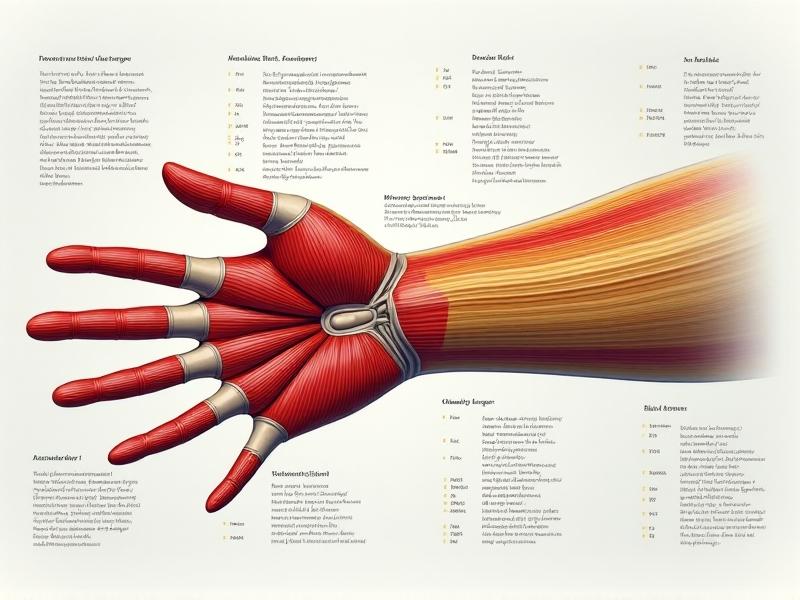
Measuring Grip Force: Laboratory Techniques and Real-World Applications
Biomechanics labs employ force-sensitive resistors and pressure-mapping systems to quantify grip dynamics. A standard setup involves a sensor-equipped mouse prototype tracked by infrared cameras, capturing data at 1000Hz. Researchers analyze metrics like peak force during drag-and-drop tasks and sustained force during scroll-wheel use. In field studies, wearable electromyography (EMG) sensors on the forearm provide insights into muscle fatigue patterns. Emerging consumer technologies, like smart mice with built-in pressure sensors, now allow continuous force monitoring—alerting users via haptic feedback when grip intensity exceeds healthy thresholds.
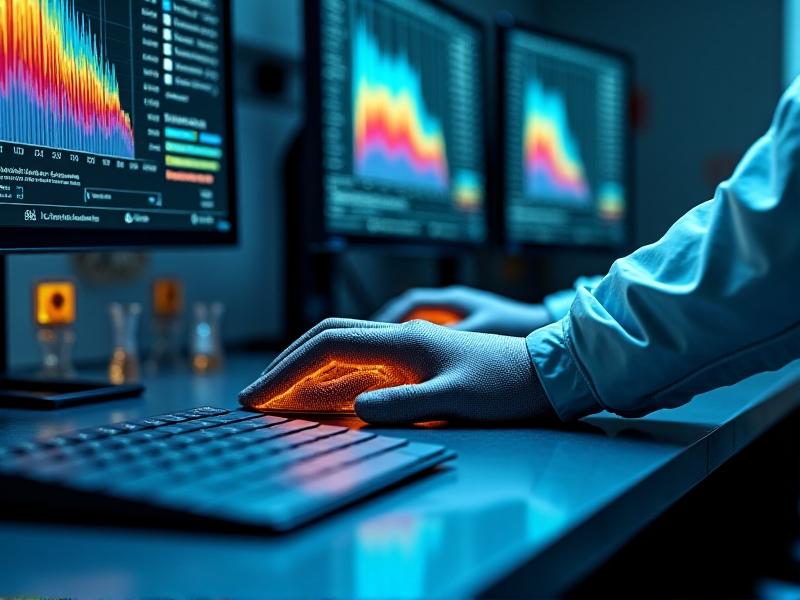
Material Science Innovations in Low-Force Ergonomic Mice
Advanced polymers are revolutionizing grip force management. Silicone hybrids with memory foam cores adapt to hand contours, reducing the need for active gripping. For example, Logitech's Dual Injection technology combines rigid ABS plastic for structure with soft TPU overlays at contact points. In 2023, 3D printing enabled fully customizable mice with lattice-structured palm rests that compress under pressure, dissipating force across 2,000+ microsprings. Surface treatments also play a role: micro-textured coatings inspired by gecko foot pads increase friction without requiring tight grips, while hydrophobic layers prevent slippage from sweaty palms.
Optimizing Your Setup: Practical Tips to Reduce Grip Strain
- Choose mice with thumb rests and pinkie flares to support neglected digits
- Adjust DPI settings to enable larger arm movements rather than wrist flicks
- Apply aftermarket gel pads to high-pressure zones like the medial palm
- Alternate between grip styles hourly using a mouse with neutral geometry
- Use palm-rejection software to enable light-touch scrolling
The Future of Grip Force Management: AI and Adaptive Interfaces
Machine learning algorithms now personalize grip force profiles by analyzing usage patterns. The EvoluMouse prototype (2024) employs pressure-sensitive zones that automatically adjust click resistance—light taps trigger left-clicks while firm squeezes enable drag-lock. More radically, "force field" mice using ultrasonic levitation technology are being tested to provide tactile feedback without physical contact. As brain-computer interfaces mature, we may see devices that translate neural signals into cursor movements, bypassing grip requirements altogether. These innovations promise a future where mouse interaction becomes truly effortless, blending seamlessly with natural hand postures.
